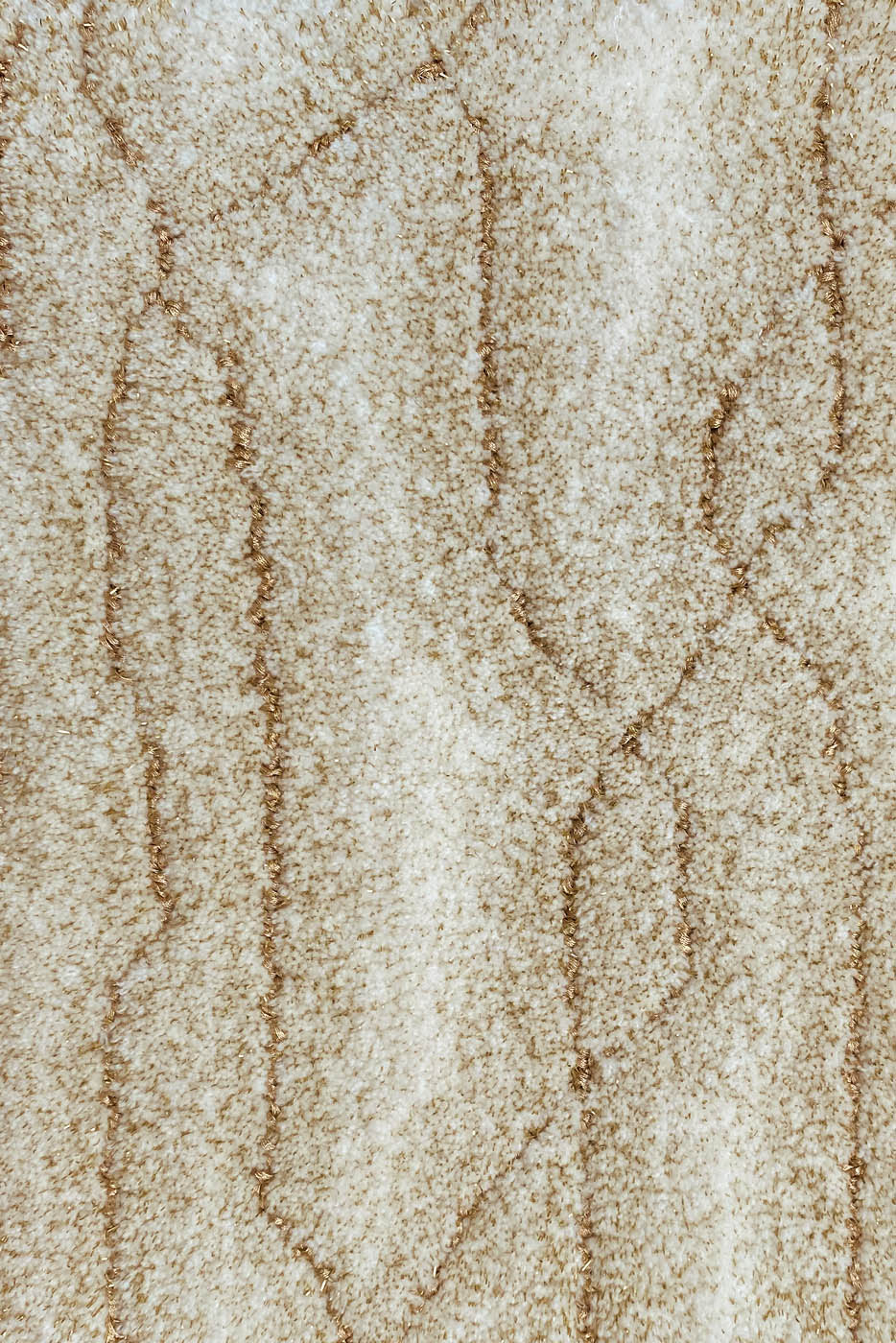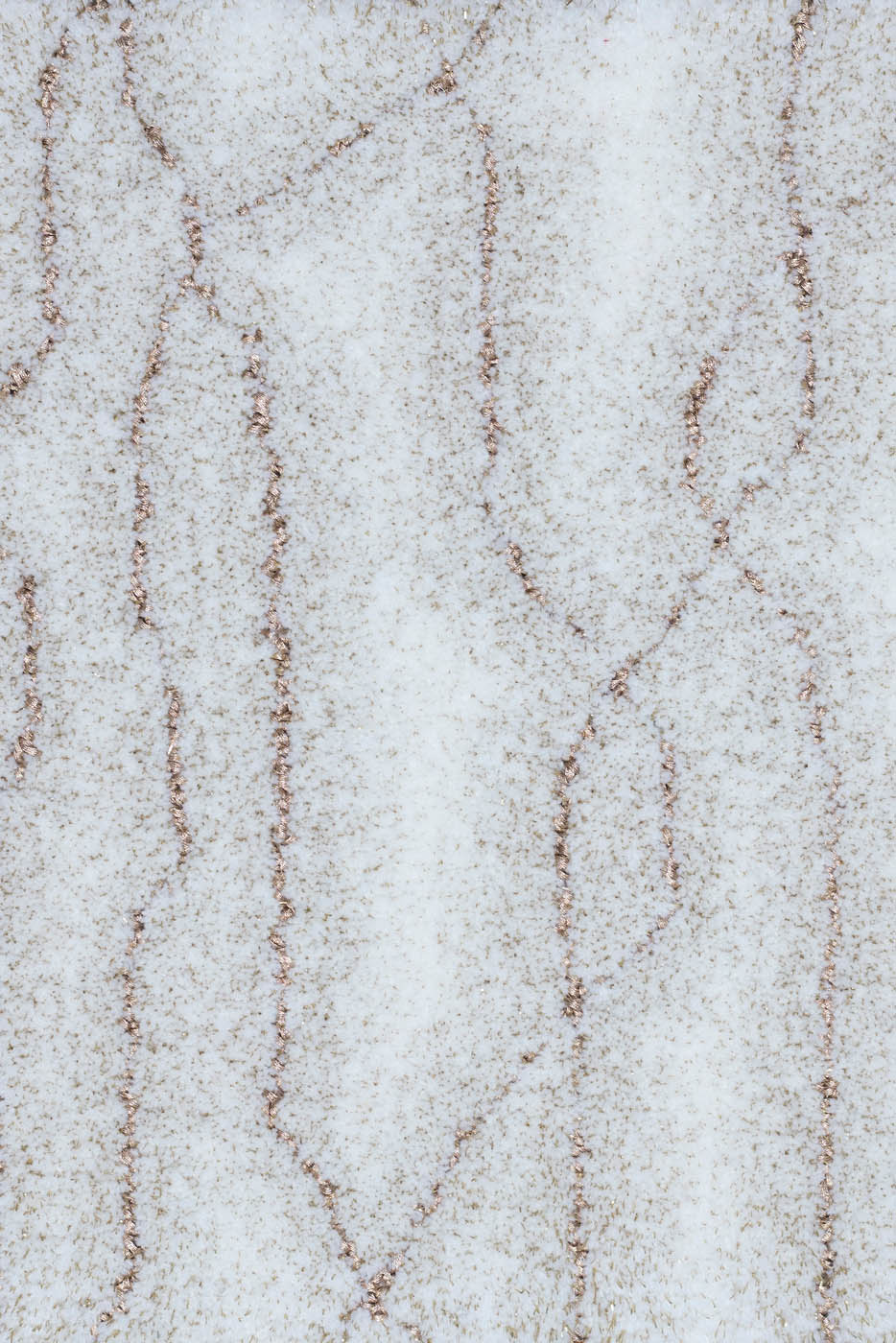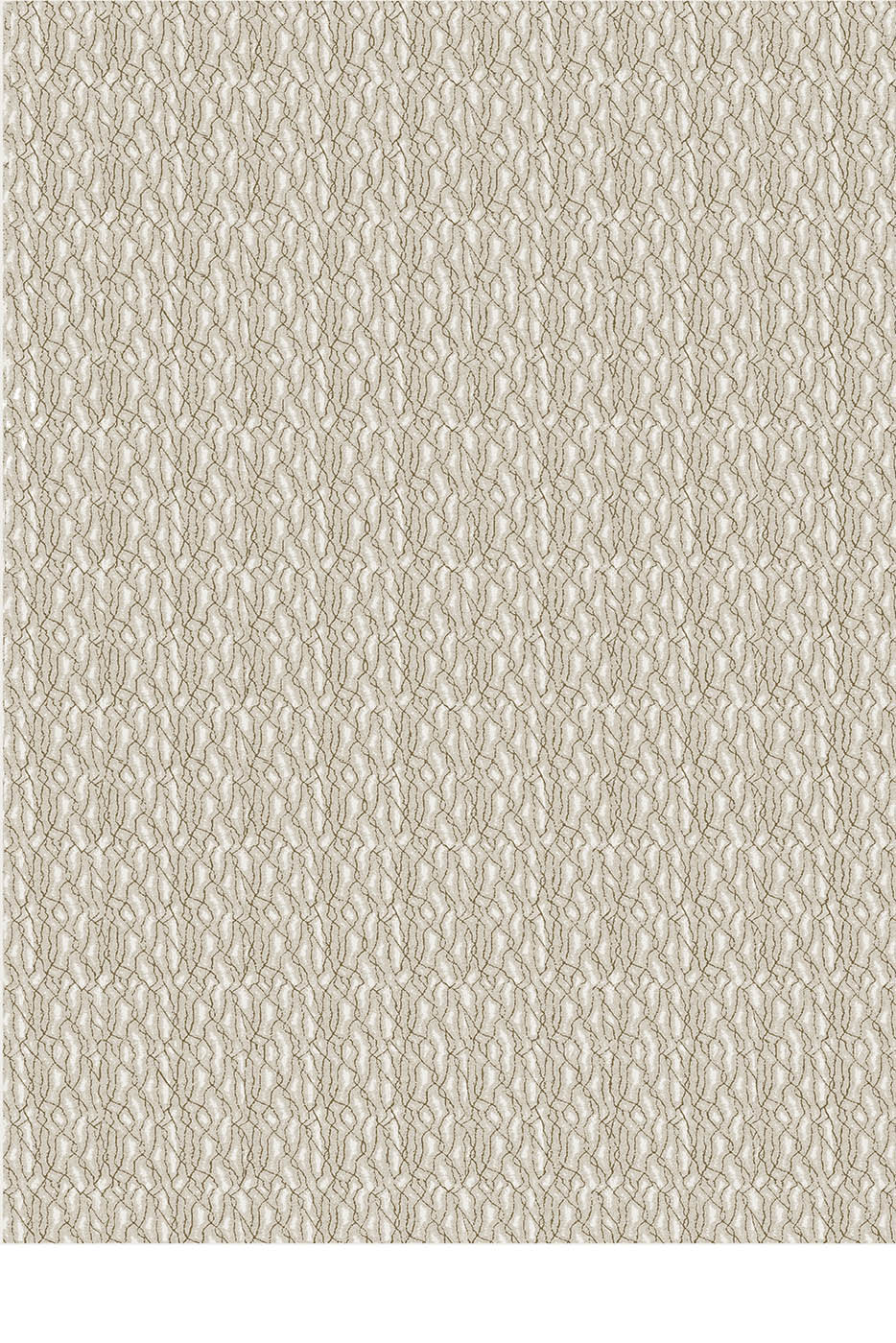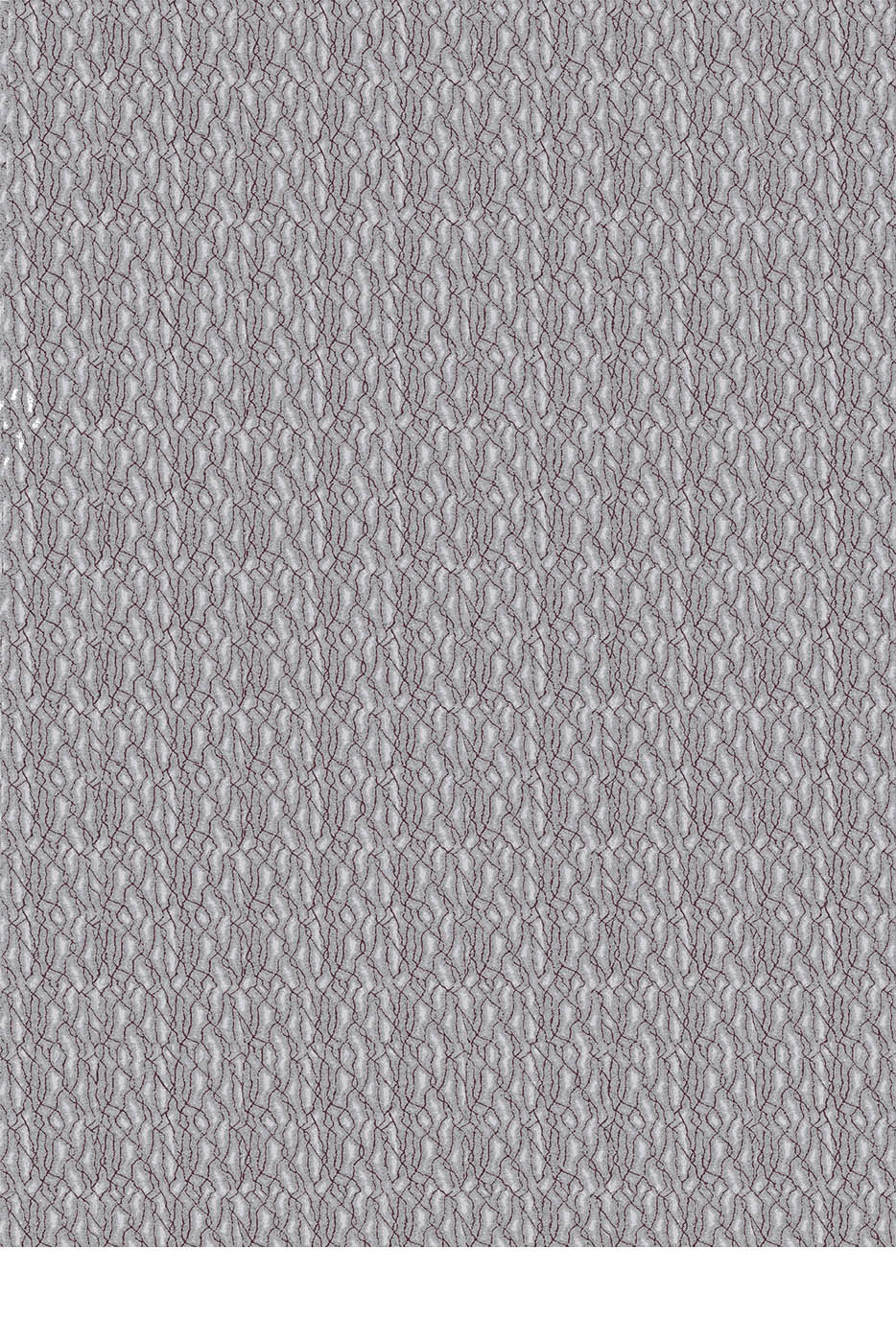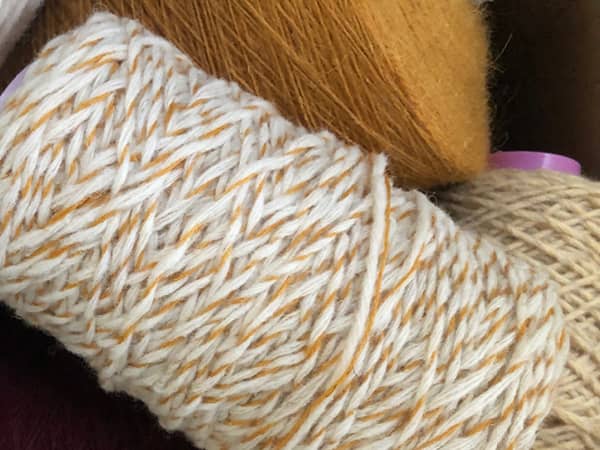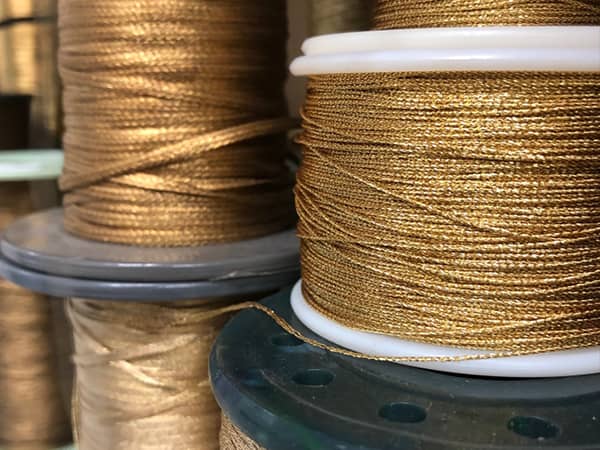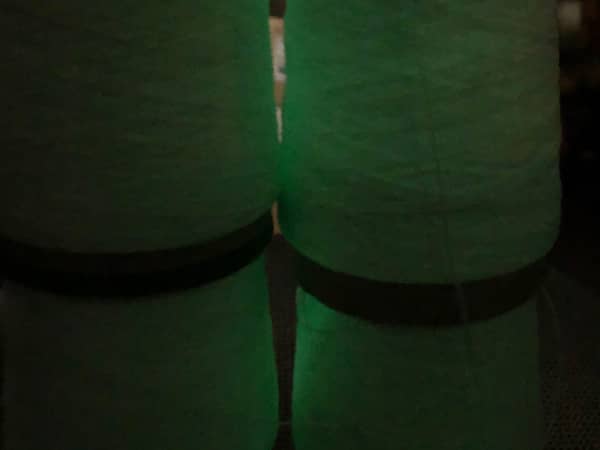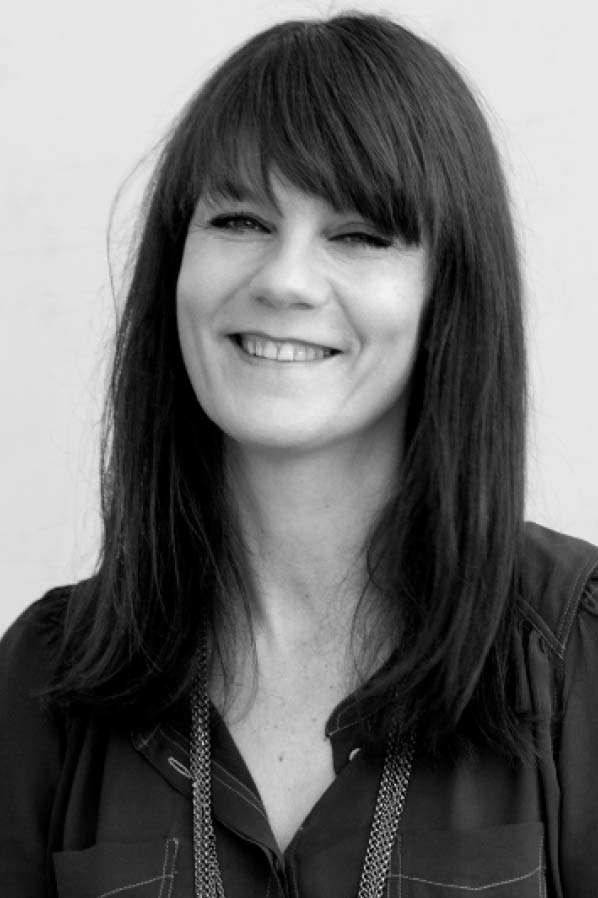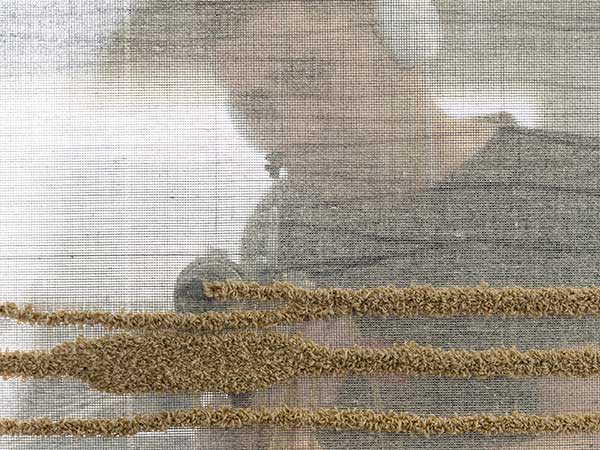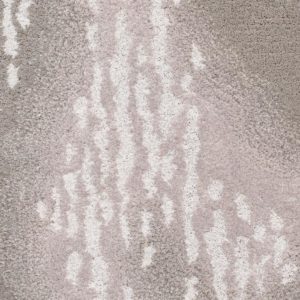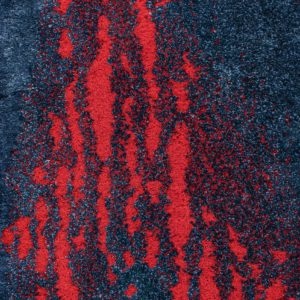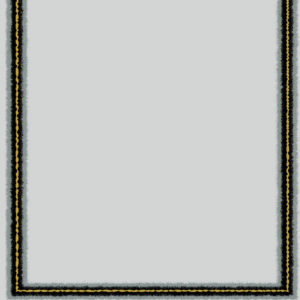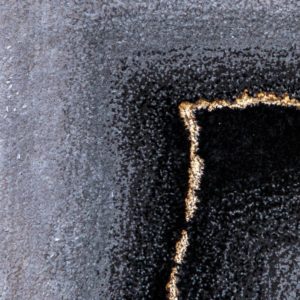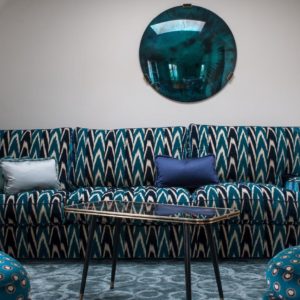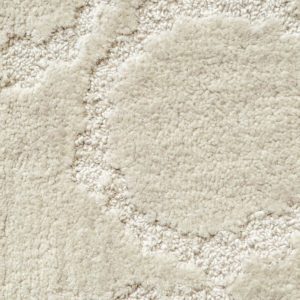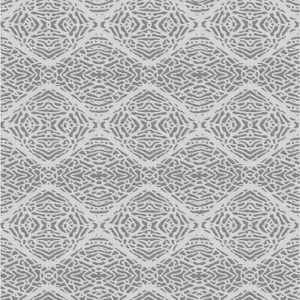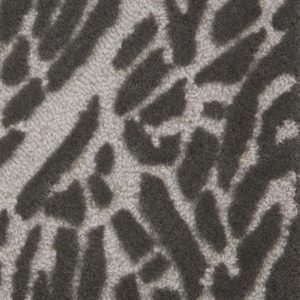Contre courant
2969,00€
by ULRIKA LILJEDAHL
HAUTE COUTURE & PRÊT À PORTER
MATERIALS a choice
TECHNIQUE Hand tufted
SIZE a choice
PRICE ON REQUEST. CONTACT US.Description
cotton
Cotton is made from the vegetal fibres surrounding the seeds of the cotton plant. Traces of cotton were found in Ancient Egypt and in Mexico, possibly over 7,000 years old. Cotton culture developed in America, Africa and Eurasia. While it reached Europe as early as the IInd century BC, its history on that continent truly began with the creation of the West India trading companies. From then on, the culture of cotton never stopped growing and it is now the most used natural fibre in the world. More difficult to weave than linen because of its short fibres, it has a higher density. Cotton is a very good insulation material thanks, in particular, to its exceptional moisture absorption properties. It is warm, soft, comfortable. PINTON weaves this staple of the textile industry on its own or combined with other materials for the Couture as well as the Diffusion lines. In tapestry making, cotton is very rarely used on its own and is most often combined with other materials. It is generally the material used for the warp thread.
Cotton can be used in loop weave where the continuous thread forms loops on the surface of the rug, or in pile weave where the threads on the surface of the rug are cut. It can also be woven as loop and cut which combines both techniques.
metal threads
A few thousand years before Christ, Roman, Chinese, Persian and Egyptian craftsmen used to cover in gold leaf the threads that they were going to weave for the rich and powerful. Later, weavers used gold and silver threads to embellish tapestries woven out of wool or silk. These threads were difficult to work and extended production times. They required particular skills, passed from generation to generation. From the XVIIth century onward, new techniques made it possible to create very fine metal threads able to go through fabric. Today, the metals used with textile fibres are silver, gold and copper, but also aluminium, iron or stainless steel, and come in every colour. In PINTON’s Couture collection, these fabulous threads are inserted alongside traditional wool or silk yarns, to create poetic and graphic pieces imagined in partnership with contemporary artists and designers.
phosphorescent thread
Phosphorescence is a phenomenon specific to some materials that continue to radiate light after receiving it. In other terms: after storing light, these materials release it progressively in darkness without combustion or friction. The term phosphorescence is an extension of the word phosphorus, derived from the Greek phos meaning light and phoros, bearer. A German alchemist is said to have discovered phosphorus by chance when trying to find the philosophers’ stone in the XVIIth century. Some bodies are spontaneously phosphorescent like certain molluscs and insects. While it has many applications nowadays, especially in the area of safety, phosphorescence continues to fascinate and retains magical connotations. Combined with other materials such as wool, phosphorescent threads are used in the rugs produced by PINTON to create an enchanted look that never gets old.
Ulrika
Liljedahl
Ulrika Liljedahl is a Swedish artist living and working in Paris. She frequently works in collaboration with couture and luxury ready-to-wear names such as Christian Lacroix, Alexander McQueen (Givenchy), John Galliano (Dior), Jean-Paul Gaultier, Yves Saint Laurent, Louis Vuitton or Marc Jacobs. For them, Ulrika Liljedahl develops materials and original textiles. Some of her pieces have been exhibited in various museums around the world such as the Metropolitan Museum of Art in New York, the Bunkamura Museum in Tokyo, the Musée Galliera and the Musée de la Mode in Paris. Others are included in major collections, including those of the Centre National des Arts Plastique or the Musée Galliera.
The collaboration between Ulrika Liljedahl and PINTON is set to last. For the firm, the artist weaves a mysterious, organic and poetic world piece after piece, using original patterns and combinations of materials attracting the eye and inviting the touch.
hand tufted
The hand tufting technique is a process combining centuries-old skills and modern weaving tools. The canvas is perfectly stretched over an upright loom and the craftsperson transfers by hand the future design of the rug with the utmost precision. Threads are inserted manually, one by one, working with a gun on the back of the canvas, following the colours, the drawing and the different tuft heights. PINTON was one of the first manufactories to use the gun tufting technique to produce some of its rugs and carpets and is the only French workshop offering very high quality tufted rugs. With this technique, production times are reduced compared to the knotted stitch weave or point noué. Finally, hand tufting offers a large range of possible depths. Carving is the technique that consists in sculpting the wool and creating textures within the woven rug. Since the early 1990s, PINTON has been specialising in the production of hand tufted rugs for which it also collaborates with famous designers and artists.

